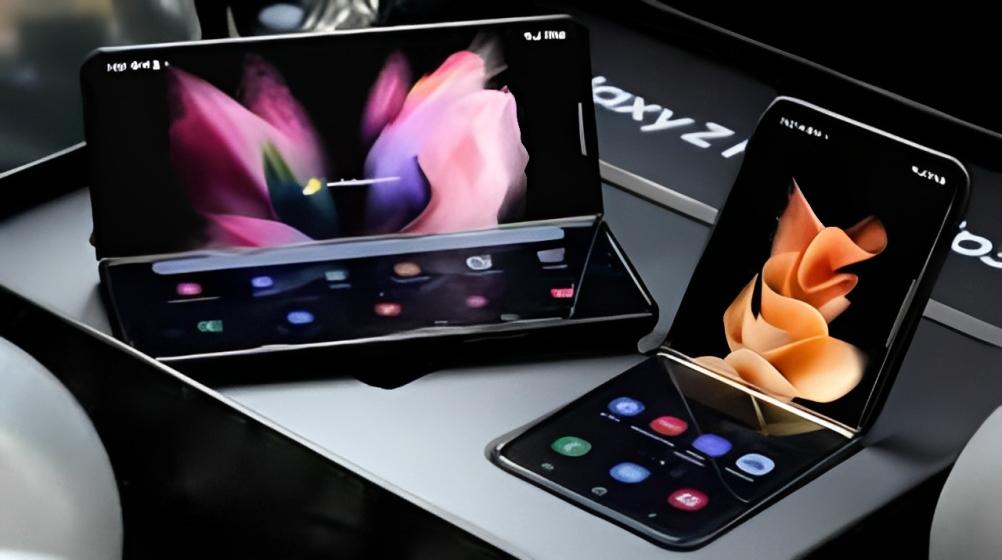The tech landscape is ever-evolving, and foldable phones have recently emerged as a focal point of interest and curiosity. But where is the trend heading? Based on recent market predictions, let’s delve into the potential trajectory of foldable phones in the next five years.

1. Rapid Market Growth
The foldable phone sector is expected to grow exponentially. Analysts are forecasting a market worth in the multimillion USD bracket by 2030, suggesting that the segment is poised for dynamic growth. The impressive projected compound annual growth rate underscores this sentiment.
2. Navigating Towards Mainstream Adoption
While still a novelty to some, foldable phones are on track to become a staple in the tech domain between 2022 and 2030. Mainstream adoption, however, is contingent on addressing existing challenges and enhancing consumer value propositions.
3. Overcoming Challenges
Like any groundbreaking innovation, foldable phones come with teething troubles. Issues related to display, such as cracking and air bubbles, along with the relatively high pricing, have been roadblocks to wider acceptance. Addressing these challenges is pivotal for significant market penetration.
4. The Pioneers of Innovation
Tech giants like Huawei and Samsung are at the forefront of this evolution, persistently unveiling innovative models with foldable features. Given their track record and resources, we can anticipate a slew of advancements enhancing the durability, functionality, and appeal of foldable phones.
5. Diverse Design Approaches
The market showcases a variety of foldable design formats, primarily segmented into inward and outward folding designs. Predictions suggest the inward fold approach will capture a dominant market share, potentially reaching 52% by 2027.
6. Sizing Up the Market
The value propositions of foldable phones, combined with their novelty, are likely to steer the market to a staggering estimated value of USD 39.32 million by 2028. This projection underscores the potential and optimism surrounding the foldable phone segment.
FAQs
Q1: Why are foldable phones so expensive compared to traditional smartphones? A: The innovative technology, R&D investments, and unique components needed for foldable phones contribute to their higher pricing.
Q2: How are tech companies addressing the durability concerns of foldable phones? A: Many manufacturers are investing in advanced materials, refining the folding mechanisms, and leveraging innovative design solutions to enhance durability.
Q3: Are foldable phones just a trend, or are they here to stay? A: Given the investments from major tech players and the projected market growth, foldable phones are likely more than just a passing trend.
Q4: What new features can we expect from foldable phones in the coming years? A: As technology evolves, we can anticipate better battery life, enhanced durability, improved display quality, and innovative software solutions optimized for foldable designs.
Conclusion
The advent of foldable phones is reshaping the contours of the mobile phone industry. While they promise innovation and a novel user experience, their journey is not without challenges. However, if market predictions hold true, the next half-decade could witness foldable phones transitioning from being a novelty to a norm. As with all predictions, it’s essential to approach them with a grain of salt and remain open to the dynamic nature of the tech world.
